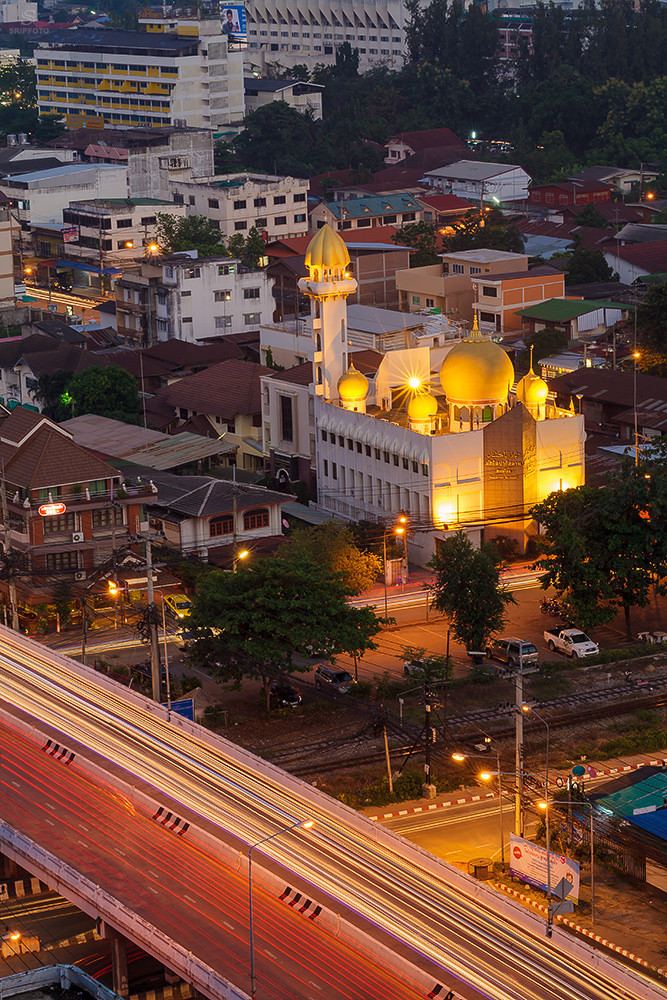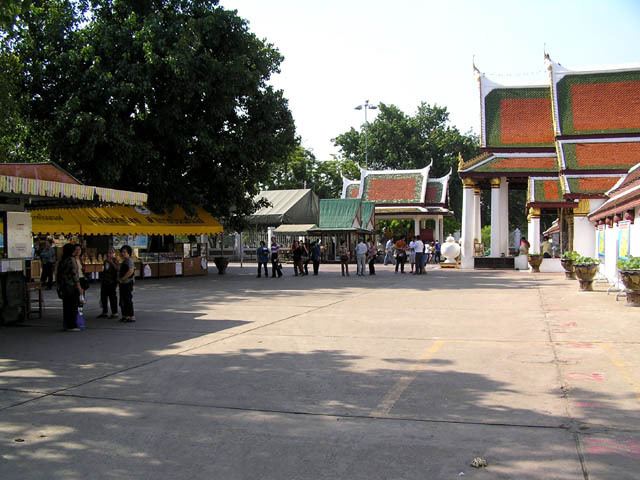Country Area 10.815 km2 | Phitsanulok Airport Mayor Premrudee Champunot Population 84,311 | |
Points of interest Wat Phra Si Rattana Mahathat, Wat Aranyik, Wat Chedi Yod Thong | ||
Phitsanulok (Thai: , ) is an important, historic city in lower northern Thailand and is the capital of Phitsanulok Province, which stretches all the way to the Laotian border. Phitsanulok is one of the oldest cities in Thailand, founded over 600 years ago. It is probably best known as the birthplace of King Naresuan, who freed the country from Burmese domination in the late 16th century, and that of his brother and successor King Ekathosarot (Sanphet III). As the crossroad between the northern and central regions of the country, it has long been important both for political and strategic reasons, and was fought over many times in centuries past. Phitsanulok was the capital of Thailand for 25 years during the reign of King Boromma Trailokanat of Ayutthaya. On the banks of the Nan River, the city was originally a small Khmer outpost known as Song Kwae, before the Khwae Noi River changed its course in the 11th century CE. Phitsanulok was also a provincial center of the Angkorian Empire during the Angkorian period. Phitsanulok is home to Naresuan University and Pibulsongkram Rajabhat University, as well as to a major Royal Thai Army base.
Contents
Map of Phitsanulok
Geography

Phitsanulok is approximately 377 km north of Bangkok.
History
During the 11th century, the city of Phitsanulok was but a small Khmer outpost called Song Khwae, meaning two rivers. At that time, the Nan and Khwae Noi Rivers both flowed through the city, making it a strategic gateway to northern Thailand. The Thais were the majority in the area, however, and would soon establish their independence and form the Kingdom of Sukhothai.
Culture
Phitsanulok is home to a number of historic sculptures of the Buddha and other religious artwork including the Buddha Chinnarat, the Buddha Chinnasri, the Phra Sri Satsada.
Other attractions
Festivals and events

